Investigating Haptic Interfaces for Viewpoint Control Metaphors in Virtual Environments
Thesis by: Maximilian WeberAdvisor: Gudrun Klinker
Supervision by: Marcus Tönnis and Amal Benzina We don't have force feedback light. Therefore we use haptic devices. This is part of the project VirtualArabia integrating one of the best force feedback devices available on the market.
Introduction
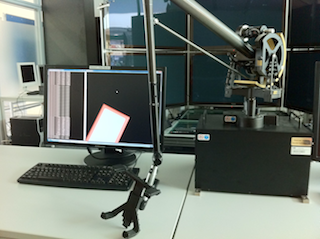
Phantom 3.0 6DOF.

Coordinate System of the input device.
Holding Angle & Force Feedback
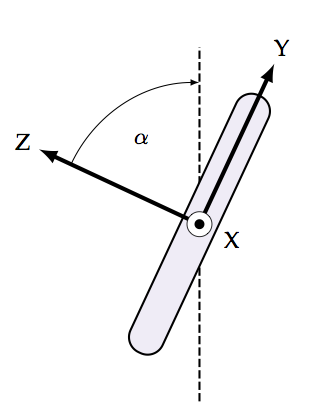
Upright Holding Angle.

Flat Holding Angle.
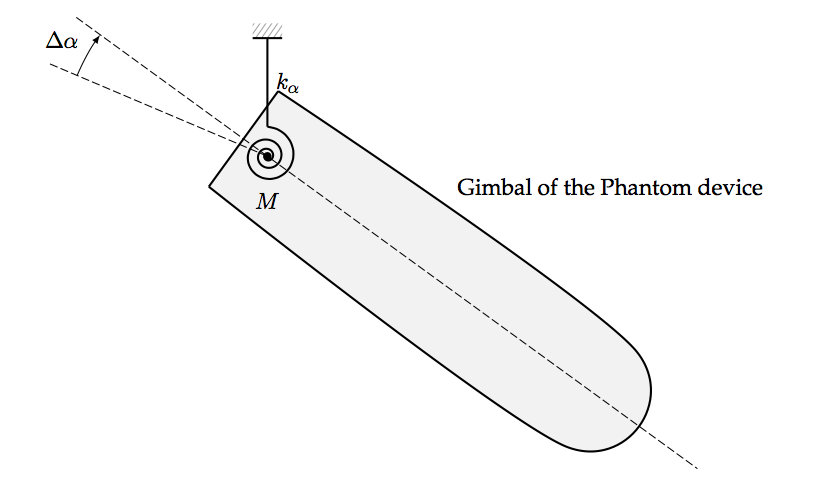
Blocking the holding angle.
Navigation Metaphors

The car driving metaphor.
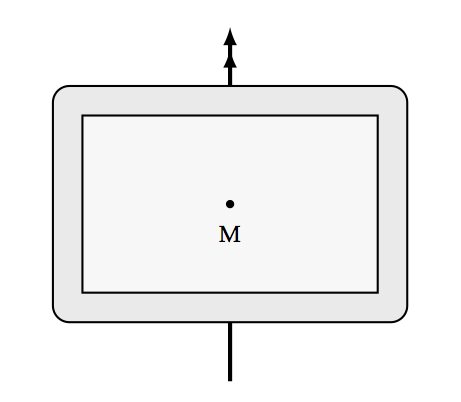
The windowframe metaphor.

The airplane metaphor.
Experimantal Setup

Final Setup at the FRAVE.

First Approach using a tunnel visualization.
See also
| ProjectForm | |
|---|---|
| Title: | Investigating Haptic Interfaces for Viewpoint Control Metaphors in Virtual Environments |
| Abstract: | A major issue in Virtual Environments is the process of navigating through a Virtual World. The underlaying base concept for the interpretation of the user’s input in such a setup is the usage of Navigation Metaphors. By way of example, holding the input device vertically like a steering wheel implies a car driving metaphor, whereas the horizontal usage like a gamepad indicates a mental model of flying an airplane. To get insight whether there is a specific holding angle that marks the usage of a certain metaphor a user study had been conducted. The starting point for this objective was the assumption that the current metaphor depends on the holding angle of the input device when the user begins a manoeuvre. The input method was the two handed, spatial moving of an optical tracked tablet computer. Before each manoeuvre, specific degrees of freedom of this device have been blocked using a haptic feedback unit installed on it. |
| Student: | Maximilian Weber |
| Director: | Gudrun Klinker |
| Supervisor: | Amal Benzina and Marcus Tönnis |
| Type: | Bachelor Thesis |
| Area: | |
| Status: | finished |
| Start: | 2012/03/15 |
| Finish: | 2012/07/16 |
| Thesis (optional): | |
| Picture: | 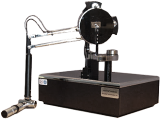 |